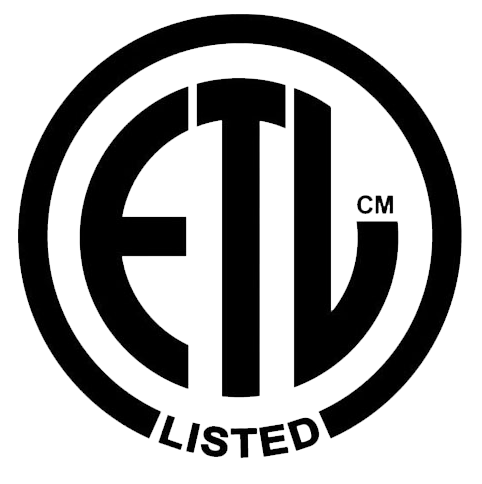When buying lithium batteries, consider safety certifications, recalls, and where you purchase them from:
- Safety certifications: Look for products with safety marks from nationally recognized certification laboratories like Underwriters Laboratories (UL) or Electrical Testing Laboratories (ETL). These marks indicate that the product has been tested for safety and quality.
- Recalls: Check the U.S. Consumer Product Safety Commission (CPSC) database at cpsc.gov/recall to see if a product has been recalled due to a fire safety hazard.
- Reputable sources: Always buy from reputable sources.

Underwriters Laboratory

National Sanitation Foundation

Electrical Testing Laboratories

Canadian Standards Association
Properly manufactured batteries have built-in safety features. Counterfeiters may include minimal safety mechanisms, often insufficient to prevent failures. Manufacturing genuine lithium-ion batteries requires a pure environment, such as a clean room with no dust and low humidity. Counterfeiters typically do not maintain these conditions and may use cheap materials to boost capacity, which shortens battery life.
Stay on brand when reordering or recharging batteries:
Lithium-ion batteries are highly specialized for specific devices, making them less available in retail stores. Many people purchase replacements online, where counterfeiters thrive. To ensure safety, always order lithium-ion batteries directly from the device manufacturer.
This also applies to battery chargers. A generic or non-branded charger can cause thermal runaway in even properly manufactured and certified batteries. Incorrect or counterfeit chargers may not correctly communicate with the battery, potentially leading to hazards.
How to recognize fake batteries:
Many manufacturers sell directly from their websites or list trusted vendors. If you cannot buy from these sources, here are some tips to guide your purchase:
- Certification marks: Look for marks like RU indicating compliance with safety requirements. Counterfeiters may fake these marks, so use additional criteria.
- Visual clues: Familiarize yourself with the legitimate manufacturer’s design. Avoid batteries with significant design aberrations. Counterfeiters may use similar logos and typefaces with minor changes.
- Price comparison: Know the original battery’s cost. If a battery is significantly cheaper, it is likely counterfeit. Do not risk your health to save money on a potentially dangerous battery.
- False claims: Compare specifications with the original battery. It may be a counterfeit if a new battery promises more power or longer endurance.
- Delivery speed: Be cautious of batteries that are available for immediate delivery. Lithium-ion batteries are highly specialized, and quick availability may indicate a counterfeit.
- Brand terms: Avoid batteries labeled as “brand equivalent” or “brand compatible.” These are not from the original manufacturer and may not work correctly, posing potential hazards.
